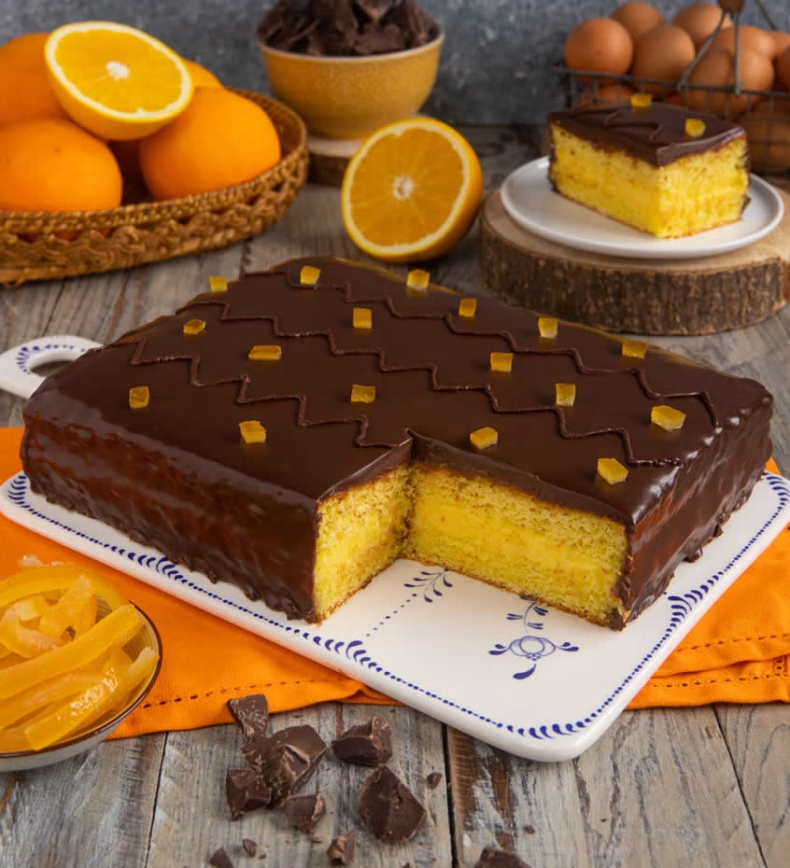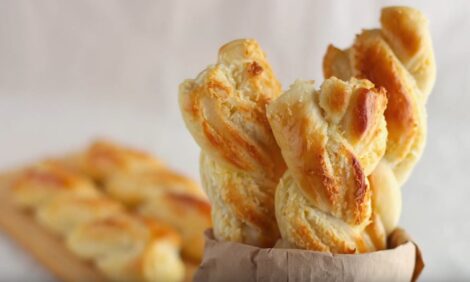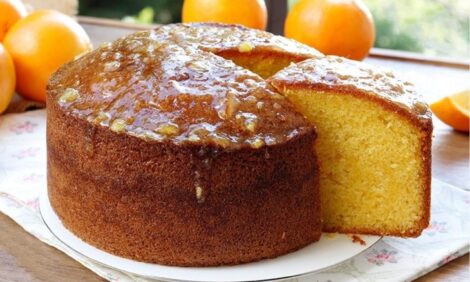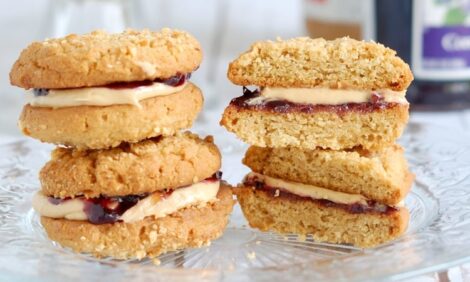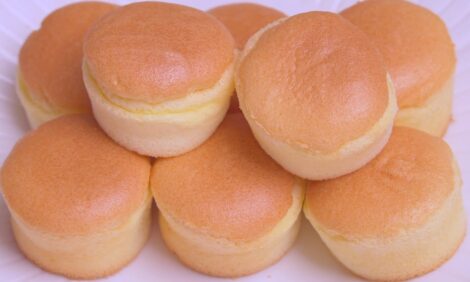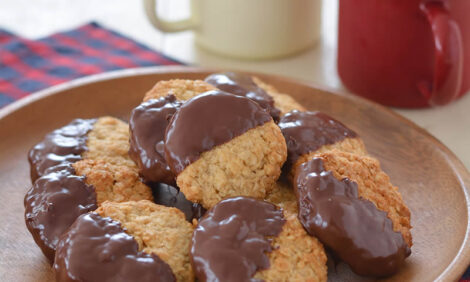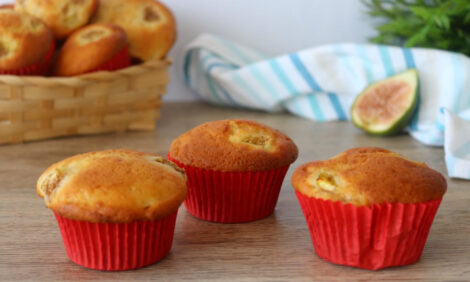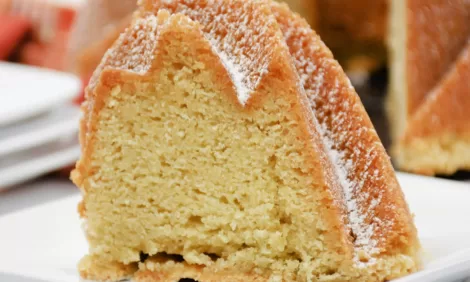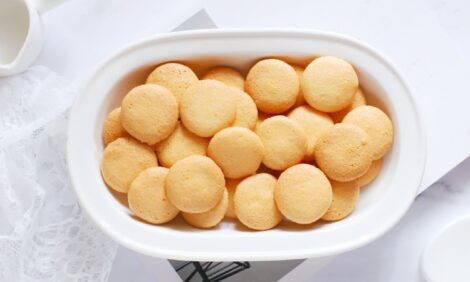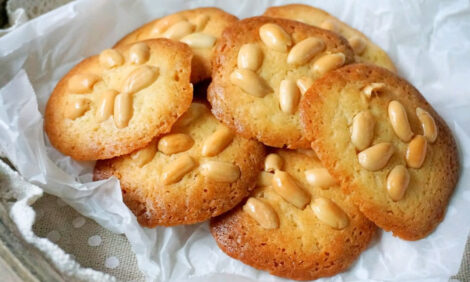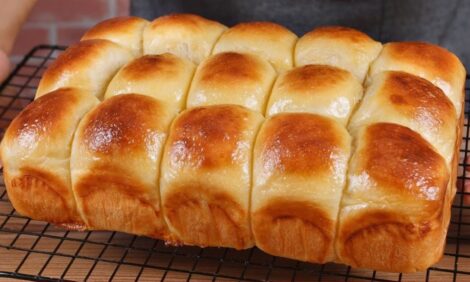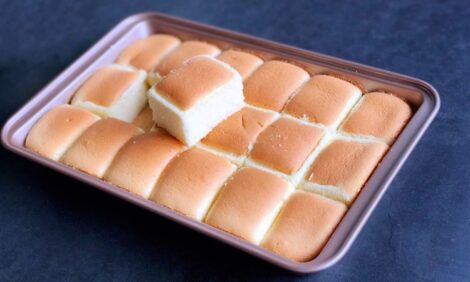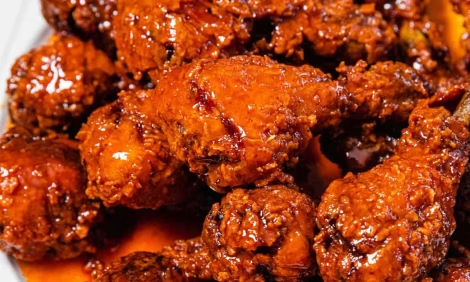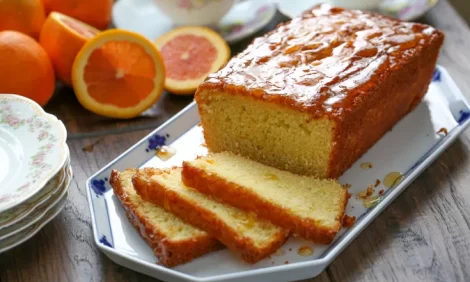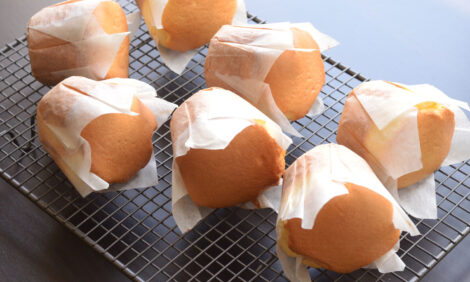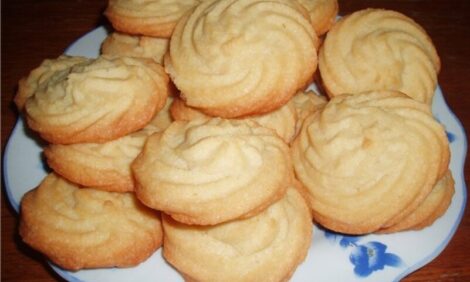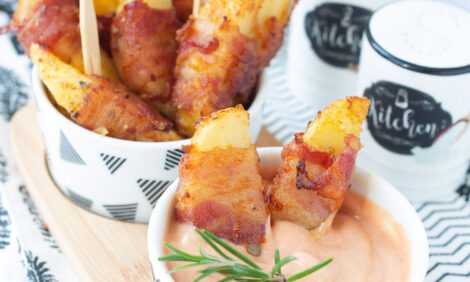The use of tart fruit in chocolate desserts is now a consolidated presence in both classic and contemporary pastry making. It can be whole fresh fruit (as in the cocoa tart with yogurt and fruit ) or fruit in syrup (as in the Black Forest cake ), apricot jam or a strawberry coulis to accompany any dry cake , such as those based on sponge cake . In this case I propose a dessert in which the fruit is used inside the custard as well as in the syrup and in the orange marmalade covering .
Ingredients
For the sponge cake
- medium eggs 5
- Sugar 150 g
- Flour 110 g
- Corn starch 50 g
- Orange the rind 1
- Salt 1 pinch
For the orange cream
- Milk 270 g
- Corn starch 50 g
- orange juice 175 g
- Sugar 175 g
- Egg yolk 100 g
- Orange the rind 1
- Orange liqueur 2 tablespoons
For the orange syrup
- Orange juice 100 g
- Sugar 30 g
- Water 30 g
- Orange liqueur 50 g
For coverage
- Orange marmalade 50 g
For the icing
- Dark chocolate 600 g
- Fresh liquid cream 400 g
- Glucose 100 g
- Butter 60 g
To decorate
- Candied orange peel
Instructions
For the sponge cake
- Separate the egg yolks from the egg whites, place the egg whites in the bowl of a stand mixer fitted with a whisk attachment and begin beating them at medium speed. When they begin to turn white, add the sugar in 3 additions (waiting 1 minute between each addition) and continue beating, incorporating the egg yolks one at a time.
- Once you have obtained an airy and frothy consistency, add the grated orange zest and a pinch of salt. Finally, sift the flour and cornstarch into the mixture and gently mix all the ingredients with a spatula, with a bottom-up movement so as not to deflate the mixture and incorporate more air.
Baking
- Butter and flour (or spray with a release spray) your ring (or your pan), place it on a baking tray lined with baking paper and pour the prepared mixture inside.
- Bake in a static oven preheated to 180° for about 40 minutes (or in a fan oven, at 160°), until the surface of the sponge cake is golden (if it tends to darken too much, cover the pan with aluminum foil).
- Then remove the sponge cake from the oven, let it cool and remove the ring.
For the orange cream
- In a saucepan, heat the milk, the grated orange peel and the liqueur until it almost boils. In the meantime, in a separate bowl, beat the egg yolks with the sugar and the starch with a whisk and when you have obtained a smooth cream, add the orange juice.
- When the milk is almost boiling, pour it onto the egg mixture and mix well, then put everything back into the saucepan on the stove and let the cream thicken over low heat, stirring continuously.
- At this point, transfer the cream to a low, wide baking dish and leave it to cool completely, covered with cling film, first at room temperature and then in the refrigerator for an hour.
For the bath
- Place the water and sugar in a saucepan and heat over low heat, stirring until the sugar has completely dissolved. Turn off the heat and let the syrup cool before adding the orange juice and liqueur.
Composition
- Cut the sponge cake horizontally, so as to obtain two rectangles of the same thickness. Place them both with the cut side facing upwards. Soak
the first one with the prepared syrup, then sprinkle it with the orange cream, covering the entire surface up to the edges. Also moisten the second rectangle of sponge cake and overlap it with the cream, making sure that the moistened part remains in contact with the filling. Spatulate the edges to eliminate excess cream or fill any gaps along the edges and completely cover the cake on the surface and along the edges with the orange marmalade that you will brush. Leave to dry for at least an hour.For the icing
- To prepare the glaze, chop the chocolate and put it in a bowl.
- Pour the liquid cream into a saucepan, add the glucose and heat them over low heat until you see the first bubbles appear on the surface.
- At this point, remove the saucepan from the heat and add the chocolate, stirring immediately to melt it and obtain a smooth and shiny mixture. Finally, also add the butter in small pieces and let it melt completely, stirring constantly.
- Wait for the glaze to reach a temperature of 40°, then place the cake on a wire rack, with a baking sheet underneath (to collect the icing that will drip during the icing) and pour the glaze over it, first letting it drip down the sides and then covering the center well, so as to obtain a uniform surface and a uniform thickness.
- Collect the glaze that has dripped onto the bottom of the pan and put it in a cone.
- Gently tap the pan on the work surface to settle the icing and eliminate any small air bubbles that may have formed inside it and leave everything to cool for at least an hour in the refrigerator.
To decorate
- Decorate the surface of the cake using the icing in the cone to make three zigzag lines equidistant and parallel to the long sides.
- Finally decorate with pieces of candied orange peel here and there, making them stick to the surface.
- Wait for the decoration to dry before serving the cake.

